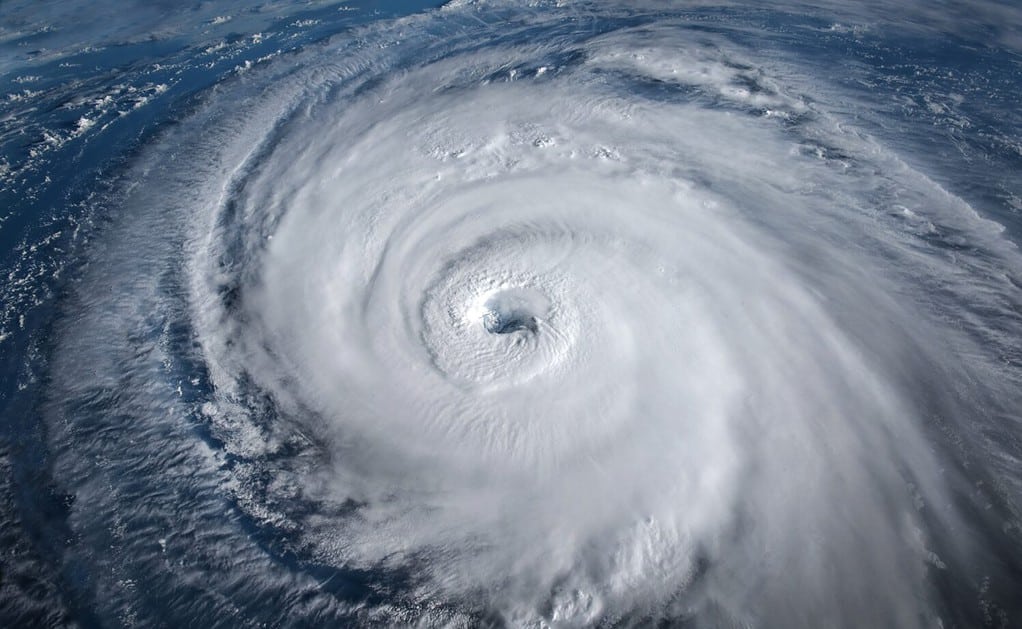On August 17, a storm that is moving toward Southern California developed into a hurricane. At the time of writing this, the storm is now a Category 2, according to a public alert from the National Hurricane Center.
On the same day, Hurricane Hilary was located approximately 500 miles southeast of Cabo San Lucas, MX. The storm has sustained winds in excess of 105 miles per hour and even stronger gusts.

Hurricanes typically take place on the East coast.
©Ronnie Chua/Shutterstock.com
After passing into Mexico, experts believe the storm will provide significant rain to several areas of the Golden State. The storm should fizzle out upon final approach, lessening the chance of a hurricane.
Some regions of California, particularly the Los Angeles Basin, are going to see severe wind gusts and flooding rain from the storm’s remnants. The storm center predicts that starting on Friday, August 18, and continuing into the first part of the following week, there will be a lot of rain in the Southwestern United States.
According to Postel, the storm will likely produce significant surges along the coast over the next few days.
How Often Do Hurricanes Reach California?
Records show that tropical cyclones or hurricanes only sometimes make landfall in California. This is so rare that it occurs once per hundred years. Many people want to know when Southern California last felt the effects of a hurricane like Hurricane Hilary as it makes its way into the region this week.
Through Sunday night, areas of the peninsula can expect to receive between three and six inches of rain, with potential levels of 10 inches, with the danger of flash flooding, according to forecasters.
Hurricane Nora, a tropical storm that made landfall in California and Arizona on September 24, 1997, damaged agriculture. It cost the region hundreds of millions of dollars. With gusts of up to 130 miles per hour, the hurricane on Mexico’s west coast strengthened to Category 4.

Hurricanes can leave regions without power for months.
©Triff/Shutterstock.com
It continued to be a tropical storm as it entered the United States close to the border between the two states. On September 25, 1939, a tropical storm slammed the coast of California at San Pedro, where it lost its hurricane-caliber winds before making landfall in the Los Angeles region.
The only recorded tropical storm that reached tropical-storm strength and made landfall in California, this storm was nicknamed the Long Beach Tropical Storm. Additionally, it happened within an El Nino time.
Between September 24 and 26, Los Angeles had nearly six inches of rain, with 5.24 inches of that falling in a single day.
The photo featured at the top of this post is © 235126/Shutterstock.com
Thank you for reading! Have some feedback for us? Contact the AZ Animals editorial team.







